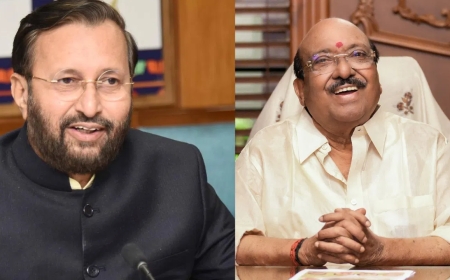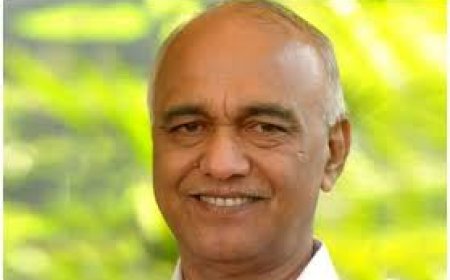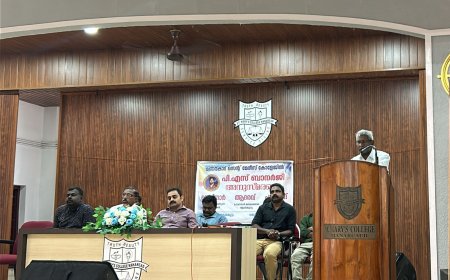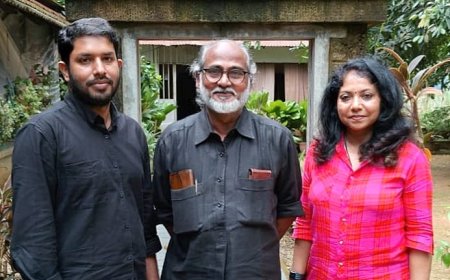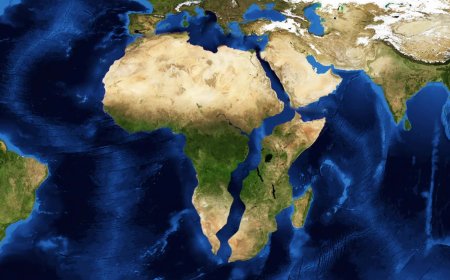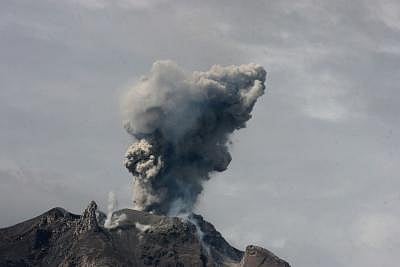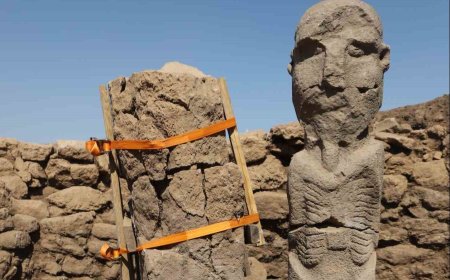India stands top of the world population graph

INDIA, according to data released by the United Nations recently, is set to surpass China as the world’s most populous nation, with almost 3 million more people by the middle of this year.
Based on the projections, India’s population by mid-year will reach 1.4286 billion, compared to China’s 1.4257 billion – 2.9 million fewer – according to the United Nations Population Fund’s (UNFPA) “State of World Population Report” for 2023.
UN officials have said it is not possible to determine the exact date for the shift, due to “uncertainty” about the data coming from China and India. India’s last census was in 2011 and most recent, scheduled in 2021, was delayed during the Covid-19 pandemic.
China has held the distinction of the most populous country since at least 1950 when the UN population records began.
hina and India together will account for more than a third of the estimated global population, which is expected to hit 8.045 billion by mid-year, the UN report said. But, contrary to public perception, population growth has been slowing in both countries – particularly in China, which recorded a population decline for the first time in six decades last year.
China’s population fell in 2022 to 1.411 billion, down some 850,000 people from the previous year, according to China’s National Bureau of Statistics (NBS). The birth rate also fell to a record low of 6.77 births per 1,000 people, down from 7.52 a year earlier and the lowest level since the founding of Communist China in 1949.
It’s widely believed that an over-populated country will have a host of problems to overcome so as to easily dispense the welfare schemes to the masses, especially for a large country like India.
More people means an increased demand for food, water, housing, energy, healthcare, transportation and more. And all that consumption contributes to ecological degradation, increased conflicts and a higher risk of large-scale disasters like pandemics.
Overpopulation is one of the biggest challenges humanity is facing and threatens the near future of the planet in economic, environmental and social terms.
Recent theories suggest that population growth can have just as many positive impacts as there are negative ones.
The Population Foundation of India (PFI) says this milestone should not be seen as a problem but as an opportunity for India to plan better and provide a healthy and happy life for people across the world.
"Given the fact that India is projected to become the most populous country in the world in 2023, some sections have been expressing fear that a high population would be a problem for governance.
"However, this milestone should be seen as an opportunity to plan better and provide a healthy and happy life for all eight billion of us," the PFI said.
India’s working-age population stands at more than 900 million, according to 2021 data from the Organization for Economic Cooperation and Development. This number is expected to hit more than 1 billion over the next decade, according to the Indian government.
But these numbers could become a liability if policymakers do not create enough jobs, experts warned. Already, data show a growing number of Indians are not even looking for work, given the lack of opportunities and low wages.
India’s labour force participation rate, an estimation of the active workforce and people looking for work, stood at 46%, which is among the lowest in Asia, according to 2021 data from the World Bank. By comparison, the rates for China and the United States stood at 68% and 61% respectively in the same year.
“India is sitting on a time bomb,” Chandrasekhar Sripada, professor of organizational behaviour at the Indian School of Business, told CNN earlier this year. “There will be social unrest if it cannot create enough employment in a relatively short period of time.”
In its report, UNFPA said that while reaching the milestone of 8 billion people on the planet was a reminder that more people are living longer, healthier lives, concerns over the number had increased anxiety among governments and led more to adopt policies aimed at influencing fertility rates.
In particular, it pointed to governments trying to influence fertility rates through family planning targets and policies, which can fuel gender-based forms of discrimination.
In India, when some states proposed a two-child policy in 2021, including financial incentives for sterilization and penalties, such as lost benefits, commentators pointed to the harmful impacts of similar policies.
“Sex-selective abortion, preference for male children, denying the paternity of female children, prenatal sex determination and violence against women for giving birth to girl children will be on the rise,” one commentator is quoted in the report as saying.
The national government made clear in several forums that it opposed coercion in family planning, including in parliament, where it said it did not support such policies, the report added.
Some of those harmful effects were seen in China as a result of its one-child policy, which the country ended in 2015 after 35 years, allowing families to have two children.
“The relationship between reproductive autonomy and healthier lives is an uncontested truth: As women are empowered to make choices about their bodies and lives, they and their families thrive — and their societies thrive as well,” UNFPA’s executive director, Natalia Kanem, said in her foreword to the report.
But, she added, that was not the message most heard at the news of the 8 billion milestones last year.
“Instead, many headlines warned of a world teetering into overpopulation, or that whole countries and regions were ageing into obsolescence. Somehow, when the human numbers are tallied and population milestones passed, the rights and potential of individuals fade too easily into the background.”
What must not be forgotten is that in India many struggle to secure basic daily needs. Do we have enough resources to feed and sustain the population?

